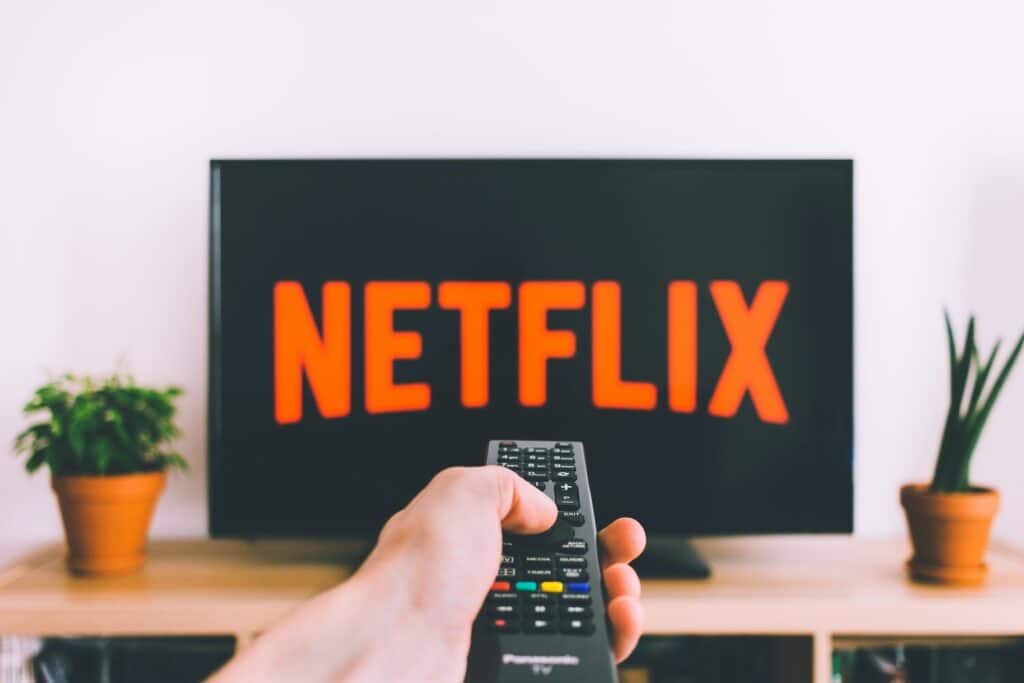
From VHS to Netflix- How streaming changed the world
Chase Bridges, Sports Editor
2003 was the end of an era. It was the last year VHS tapes were sold and distributed in the mainstream market.
The invention and widespread use of the DVD had officially overtaken the need for the small tape boxes that ruled the 80’s and 90’s.
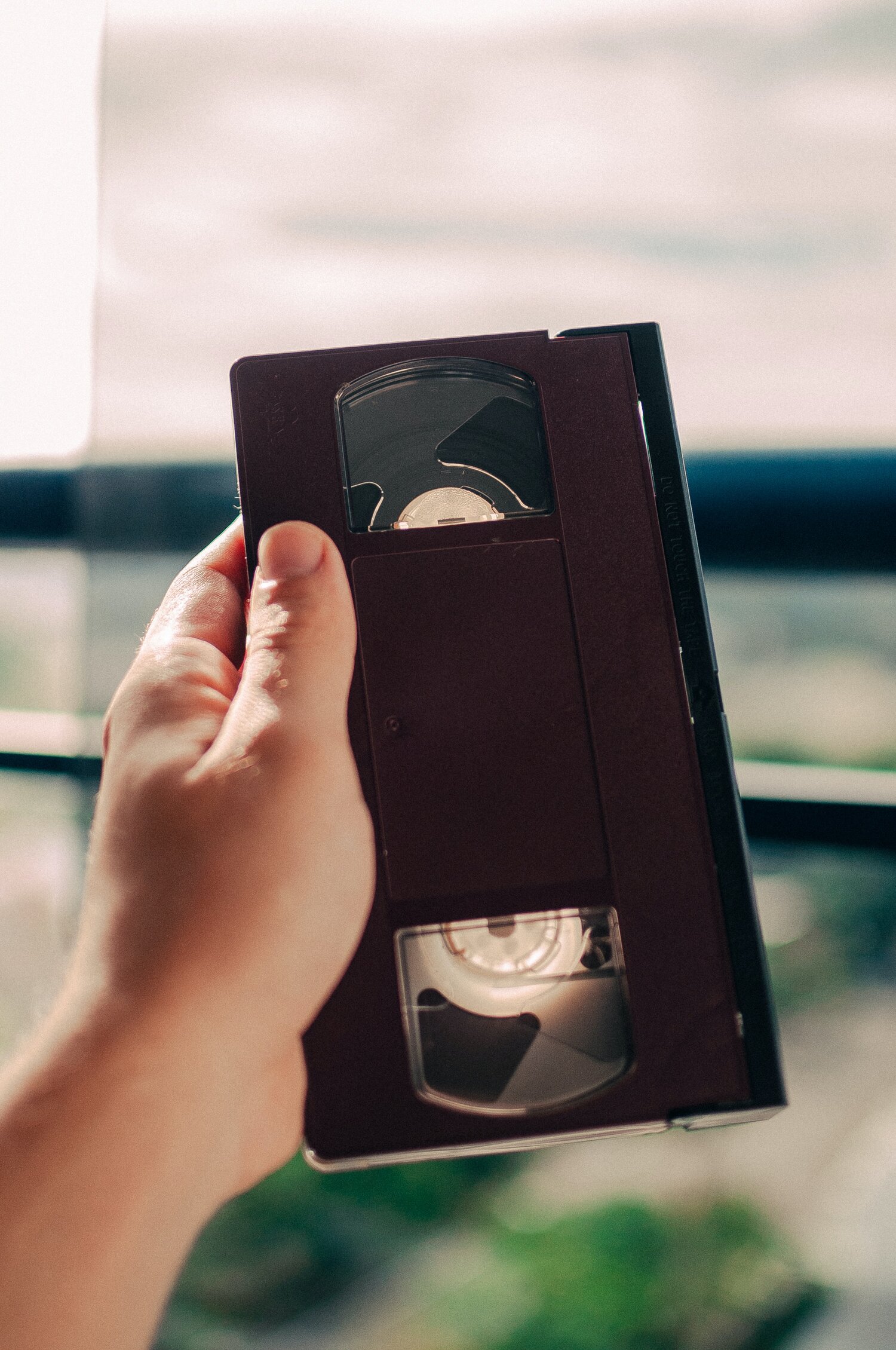
Eighteen years later, society has once again shifted gears in the way that it watches at-home media.
Digital streaming has officially taken over, and it is creating questions that no one has the answers for.
Take-home media was steadily evolving over the past two decades.
The invention of the DVD lead to the creation of a company that would start a revolution, and every revolution has its fair share of bloodshed.
On August 29th, 1997 Netflix was founded by Reed Hastings and Marc Randolph.

Inspired by the growing company Amazon, they decided to start a company with a similar business model: a large category of items they could sell over the internet.
Deciding that VHS tapes were too expensive and too delicate for what they were wanting to do, they needed to find a better product.
The DVD was first introduced in the United States on March 24, 1997.
After hearing about this new cheap and durable compact disk, they tested the idea of selling and renting DVDs by mail.
Netflix launched as the world’s first-ever online DVD rental store. A digital version of the very popular video rental store, Blockbuster.
Netflix began growing very quickly, gaining about 300,000 subscribers by the year 2000. By 2002, they were mailing 190,000 discs every day.
As the DVD grew as the best way to watch media at home, Netflix grew right alongside it.
In 2010, Netflix had become more successful than anyone could have ever imagined. But not everyone was happy about it.
The ability to have DVDs shipped directly to your home quickly saw a major decline in business for in-store movie rental shops. On Sept. 23, 2010, Blockbuster Video declared bankruptcy.
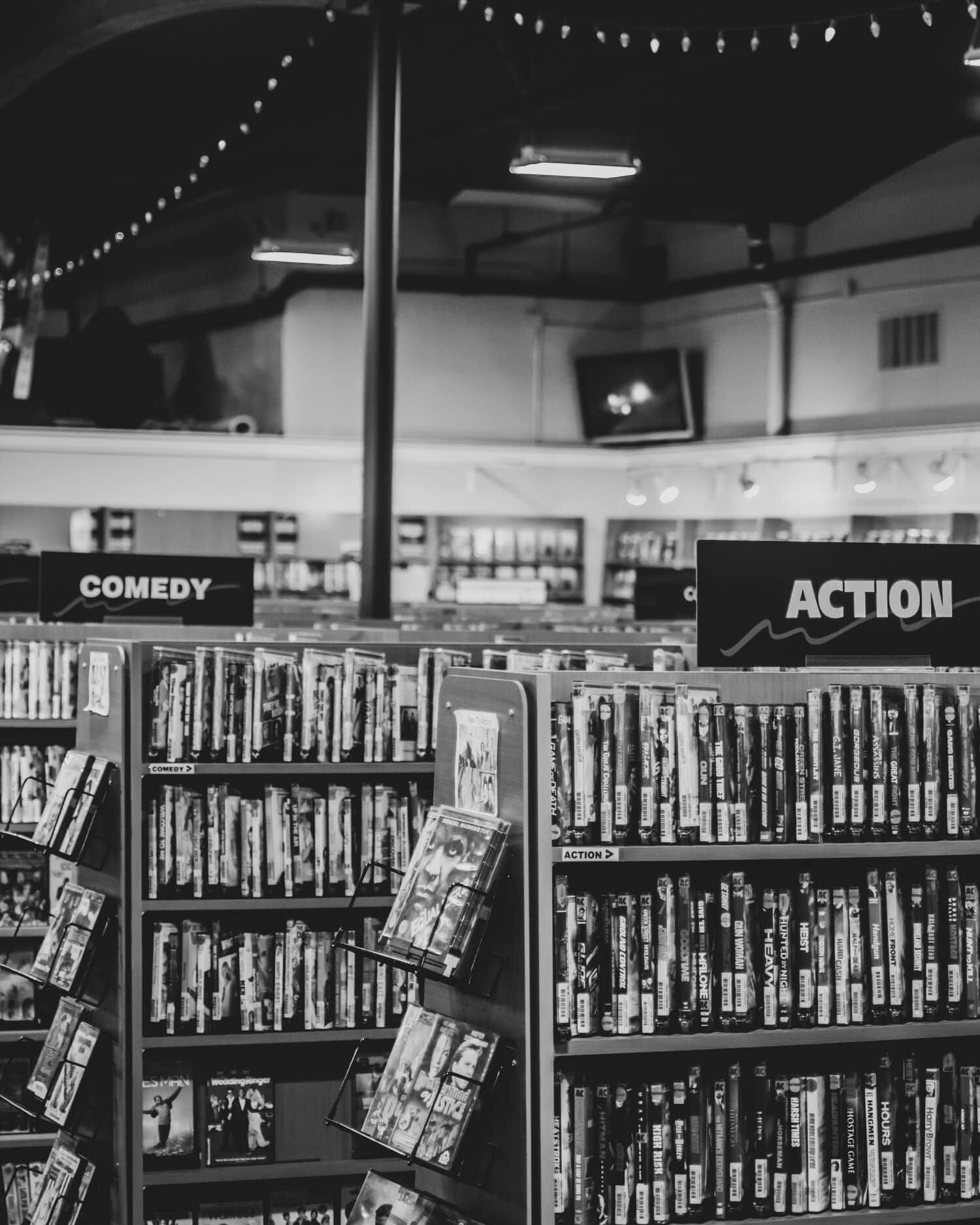
The largest franchised video rental company could not compete with the online distribution that Netflix created. They even tried creating their own version of online renting, but it was too late.
Netflix owned the market. Blockbuster Video, along with other video rental stores, were only the first victims of Netflix, Inc.
Owning the video rental market was not enough, as Netflix began giving subscribers the option to stream some movies directly on their home computers.
This video streaming was an easier and cheaper alternative to pay-per-view streaming that most television providers offered.
The Netflix streaming service began slowly, until internet providers were able to create data speeds and bandwidth costs that allowed Netflix’s streaming to thrive in everyone’s homes.
By 2011, Netflix had switched gears from being a DVD rental company to an online streaming service.
With over 130 million monthly subscribers in October 2018, Netflix had officially proven that online streaming was going to be a force to be reckoned with.
Online streaming would collect its next victim, Satellite TV providers.
When the major TV networks and movie studios saw what was going on, in order to save themselves, they began hopping into this brand new market.
Fast-forward to 2020, by now every major media company has its own streaming service to put its entire catalog of film and television onto.
The Walt Disney Company has Disney+ to put all of their Disney Originals onto. Warner Media has HBO Max for its content. Even NBC hopped into the game creating Peacock.
But streaming is not what it used to be. In the short time since its mainstream popularity, it has already evolved again.
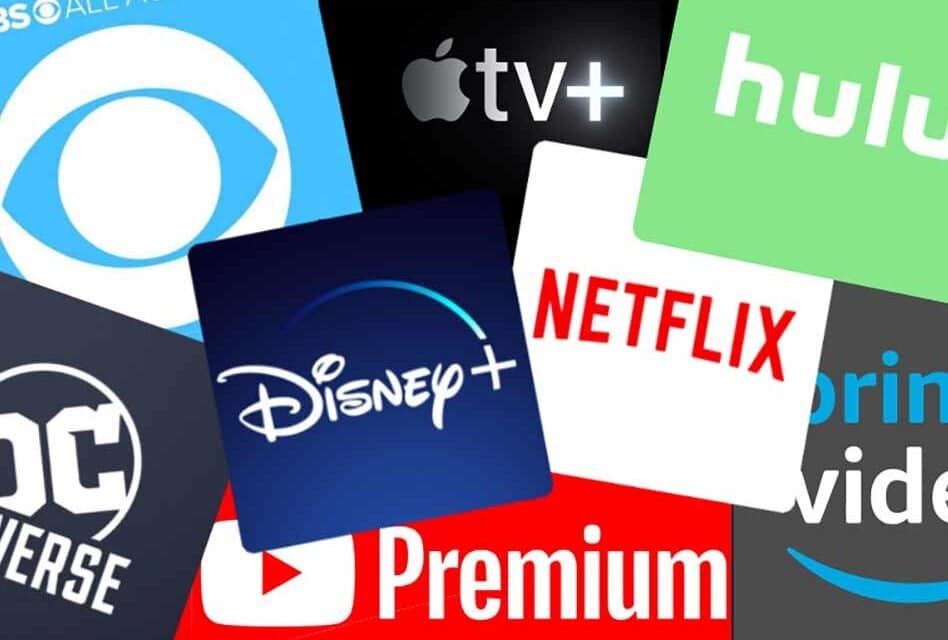
Streaming started as a place to watch old movies that you know and love. It simply replaced the notion of going and buying a DVD from Walmart or renting one from the local video store. But by 2020, it was being used as a distribution platform for original content.
On Jan. 22, 2019, Netflix had filed and been accepted into the Motion Picture Association of America, becoming the first streaming service to become a member of the MPAA.
This meant that Netflix was no longer a platform for movie studios to distribute to, but it was a movie studio itself.
Netflix was now able to produce films and television.
Instead of distributing to theatres all over the country or finding a network to show it on cable, Netflix was producing content that could be found only on Netflix.com or the Netflix app.
This completely changed everything. All of the streaming services were now switching gears into making original content.
People were no longer talking about the hottest show of the summer, and rushing home to watch it on TV.
The hottest show of the summer could only be watched one way, on Netflix.
That new movie that everyone is talking about? You don’t go to the movie theatre to see it, you just log in to Disney+.
All of the entertainment that you know and love, right in the comfort of your own home.
When COVID-19 had officially shut down the country, everyone was stuck inside their homes. What was the best thing to do to pass the time? Watch all of the streaming services with all of their original content.
Everyone got so used to watching everything at home that the idea of going out to a movie theatre was absurd.
And when everything started opening back up, movie studios realized that they had a problem: people were not going to leave their homes.
North Greenville University Film Professor, Dr. Shur Gopal spoke about how this changed society as we know it.
“Believe it or not, the COVID virus has changed the lives of people to adapt to a new ‘virtual culture’ forever worldwide. People have now gotten used to the pleasure of working from home, watching movies at home, [and] attending online universities to learn and equip themselves with higher academic qualifications.” Dr. Gopal said.
Due to this new virtual culture, a few studios tried a hybrid approach. Disney would play a movie in theaters for basic prices, or one could pay $30 to watch it on Disney Plus.
Warner Bros. would release a film both in theaters and on HBO Max simultaneously, giving everyone the option to choose.
This created even more problems for the studios. Warner Bros. found they were making way less money than they usually would. Meanwhile, Disney’s premium model seemed to be helping them make money, but created other financial issues.
Disney’s latest Marvel film, Black Widow was released in theaters and on their streaming service for a premium price.
Lead actress Scarlett Johansson was not happy when this decision was made and took legal action against the company.
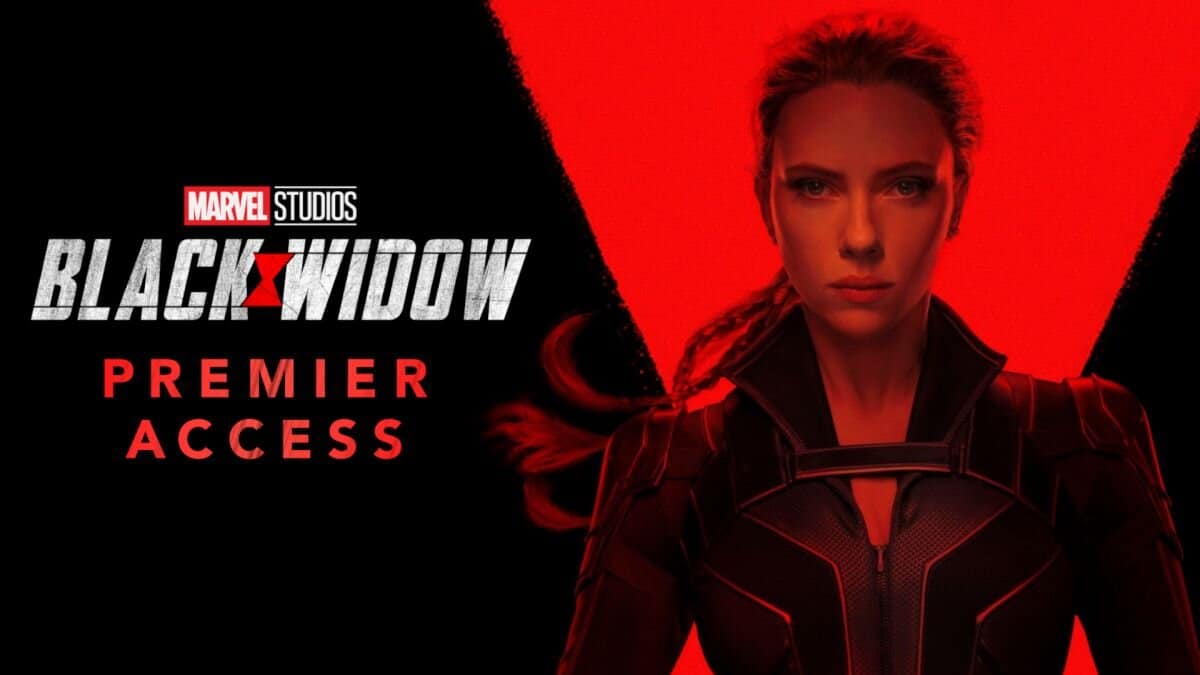
Johansson was set to make money off of box office sales of the movie. This means that every time someone bought a ticket to see the film in theaters, she would make a percentage.
However, since most audience members were paying to watch the film on the streaming service, she was losing money.
Two million people chose to stream Black Widow instead of going to theatres in the first week alone. That is two million tickets that Johansson did not receive compensation for.
She claims this is a breach of contract, while Disney disagrees.
This new technology is creating legal issues no one saw coming. When Netflix started streaming over a decade ago, no one was thinking about how this would affect actors and actresses’ box office residuals.
But what about the other victim in this situation?
Two million tickets swiped by the streaming service meant that two million tickets were taken away from local movie theaters.
The national shutdown caused a lot of problems for movie theatres since no one was allowed out in public. Now that they are opened back up, they are still losing money to streaming services.
Will movie theatres follow in the footsteps of Blockbuster Video and become a thing of the past?
A lot of people cherish the experience of going to the movies, while a lot of others prefer watching at home in bed.
North Greenville University students are just as split on this decision as the rest of the country.
In a survey with 200 NGU students, 62% said that they enjoyed actually going to the movies, while the other 38% said they preferred at-home streaming.
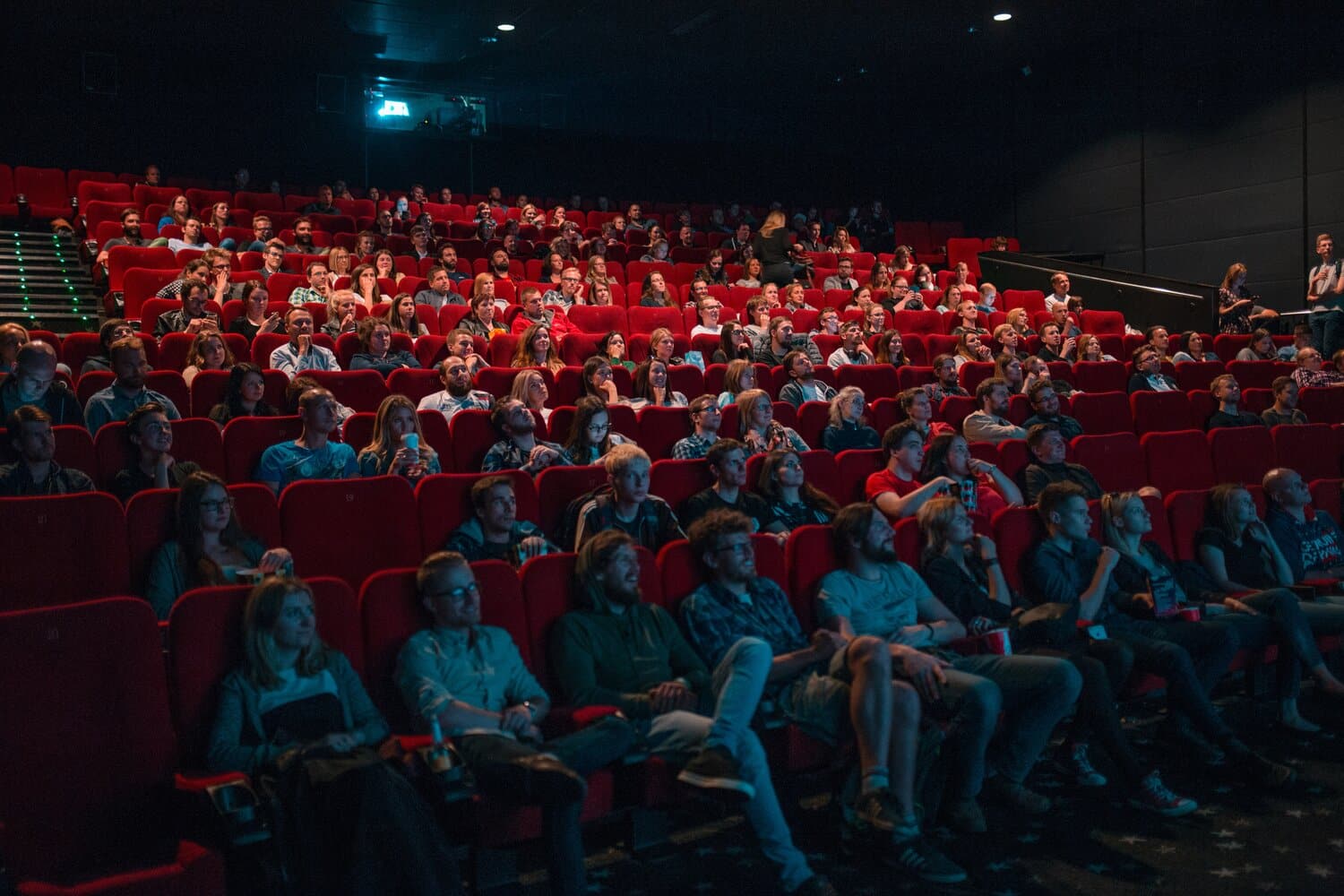
Students aren’t the only people at North Greenville making this decision. Gopal spoke about his stance on the current streaming versus movie theatre situation.
“With the COVID surge still around, I prefer not to go to a theatre to watch a movie.” Gopal said, “I would rather stay safe and healthy, and watch movies from the comfort of my home.”
With COVID-19 still being a threat, it is very likely that our new virtual culture is going to continue to grow, making more and more people stay at home to enjoy their entertainment.
When asked about his thoughts on how this may affect the lifespan of movie theatres, Gopal said, “History has shown us how the living styles and cultures have changed over time. And, with every change, the people have adapted themselves to the new culture and style of living.”
Gopal added, “I think that eventually, theaters may slowly fade away. It may take a decade or two though.”
When a small, online DVD rental company started in 1997, no one would have ever expected that it would go on to change the world.
But here we are, 24 years later, and Netflix has completely changed the way that the world consumes media.
Which only leaves one question: what will be the next great advancement in technology?
*Featured Image: Netflix loading screen – photo courtesy of unsplash.com
